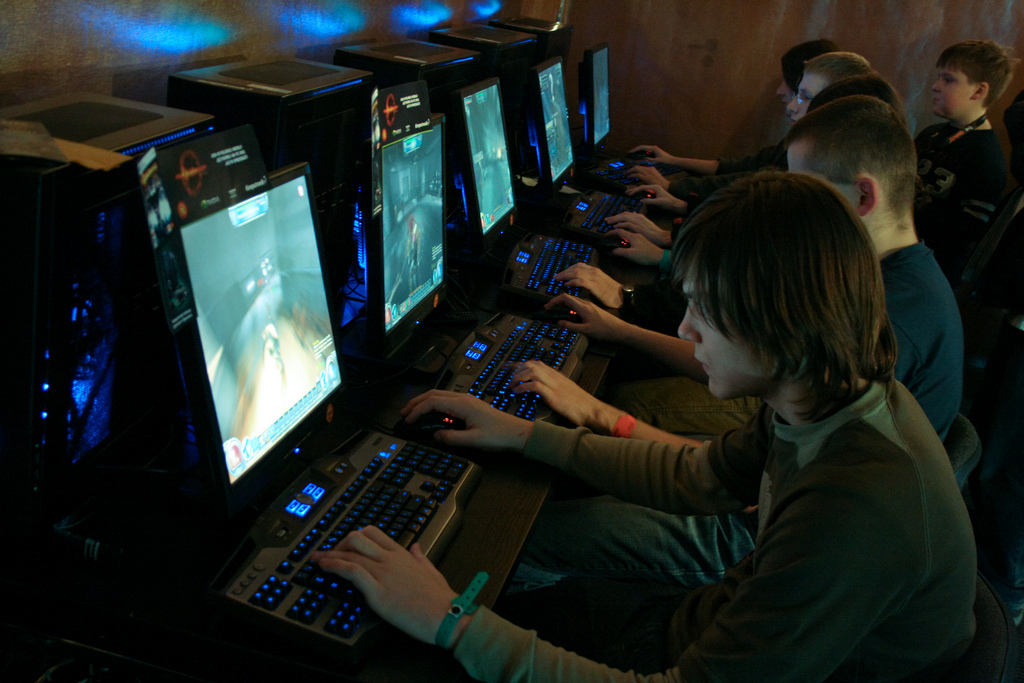
It cannot be stressed enough how important it is for a game developer to playtest their game. We have even provided some advice on how to get the most out of playtesting since you want this process to not only go smoothly, but also be as beneficial as possible.
The purpose is, of course, clear: catch any problems that will ruin the players’ experience and lower the quality of your game before it actually releases to the public.
What exactly are you looking for, you ask? Some would answer this question with a generic “bugs and glitches” response, but there’s more to it. Here, we’ve covered some of the biggest problems you want to know about, whether it be you (the game designer) doing the testing, or someone else.
If any of the following are left in your game at launch, you may just have people calling your game two things you should dread to hear: nonfunctional and/or incomplete.
Loopholes
Loopholes are problems in the game that players can use to gain an unfair advantage. These exploits must be taken care of if they cause the entire experience to be ruined for every player except the one “cheating.” With so many games releasing with such loopholes that eventually require fixing, it’s no secret that detecting these can be quite a challenge.
A good example is a serious glitch that occurred in Jagex’s RuneScape MMO. Now known as the “Falador Massacre,” this exploit allowed players who achieved 99 Construction to create their own house and invite other players. The problem was that people who engaged in combat activities inside the house were still able to attack other players outside of PvP areas once they left.
Those affected were free to kill unsuspecting players in areas you normally cannot be attacked, which is a big problem in a game where getting killed by another player means you permanently lose most of your equipment.
The biggest problem about this glitch, and one you desperately want to avoid, is that it was all unintentional. The game provided a loophole that players happened to come upon and exploit—so who is to blame, really?
Gameplay Problems
While finding game-breaking bugs and glitches is important, it is a very good day of testing when you discover a problem with the rules of your game that might frustrate players.
Since games are very complex systems, a designer shouldn’t be surprised when they act in ways you could have never predicted, simply because a new condition was introduced. In other words, you want to know if players are doing something you weren’t expecting (while still following all the rules of the game).
A perfect example is spawn camping, the bane of every competitive shooter player’s existence. Teams that are either very organized, or simply superior in skill, can eventually remain near the opponent’s spawn points and kill them as soon as they appear.
This, of course, causes extreme frustration for the players being camped since, despite the fact that the other players are not cheating or bending the rules in any way, they are now at a severely unfair disadvantage.
Your job as a designer is to figure out how to minimize the problem. Do you give the spawning players temporary invincibility, or maybe a shield that blocks incoming fire but still allows the player to shoot? Take a look at some of the top shooters today and you’ll see how they have attempted to solve this problem. For example, Uncharted 3 gives you the choice of spawning either on a spawn point or next to an ally who isn’t in combat.
Dead Ends
The last problem on this list, and perhaps most obvious, is the dead end. This, of course, ruins the gameplay experience as the player can no longer progress because the game doesn’t allow them to. Action-adventure, RPG, first-person shooter, real-time strategy—any and all genres—are susceptible to this problem. And it might just be the most devastating one on this list.
Of course, a dead end doesn’t just mean that the player fell inside a hole they can’t get out of. An example is one found in some copies of Twilight Princess, which is surprising since Nintendo is pretty good at releasing games without such problems. Basically, players would enter the Cannon room and save their game while inside. Upon restarting the game, a character name Shad would be gone, but Midna will act as though he is there. This means the player can neither leave the room nor warp out, forcing players to erase/restart a file.
Even if the glitch doesn’t cause a dead end, it can still cause frustration and should be fixed. When the acclaimed Banjo-Kazooie was re-released on Xbox Live Arcade, an infamous now-patched glitch was discovered where the player could not collect every Note in the game if they first completed a puzzle game. While it didn’t prevent players from finishing the game’s story, they could no longer collect all 900 Notes.
Make sure to look for these major pitfalls and glitches when playtesting, and keep games happy with your creation.
[su_note]Learn more about the School of Game Design at the New York Film Academy, with campuses in New York and Los Angeles.[/su_note]
